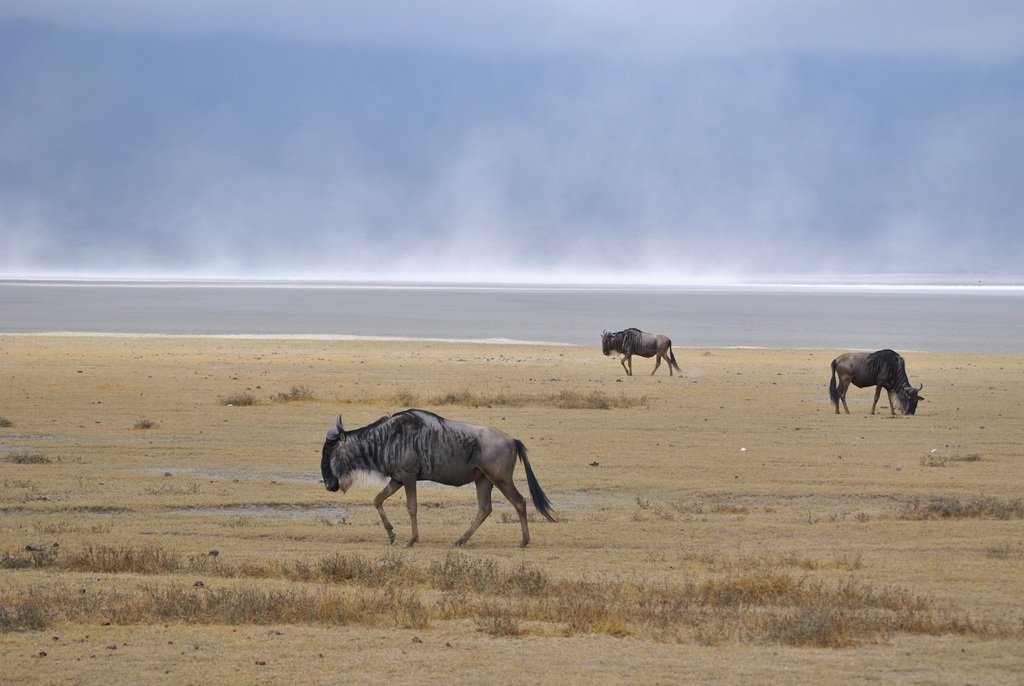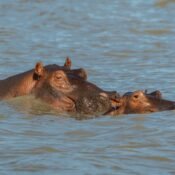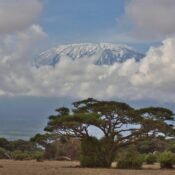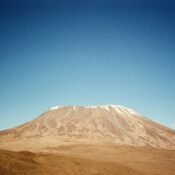
Best Time to Visit Ngorongoro Crater
Ngorongoro Crater is a Unesco World Heritage site and one of the most amazing wildlife destinations with the densest wildlife population in Africa. It provides you with stunning landscapes, rich wildlife, and safari opportunities throughout the year. However, choosing the best time to visit depends on what you want to experience—whether spotting the Big Five, witnessing calving season, enjoying lush green landscapes, or avoiding heavy crowds. In this guide, we will check out the best time to visit Ngorongoro Crater based on weather, wildlife activity, and travel conditions.
Seasons in Ngorongoro Crater Tanzania
Ngorongoro usually experiences two main seasons :
- Dry Season (June to October)
- Wet Season (November to May)
Each season has its unique advantages and challenges for travellers.
Dry Season (June to October) – Best for Wildlife Viewing
Why Visit?
- Best time for game viewing as animals come near the water sources.
- Clear skies, a minimal amount of rainfall, and a lower level of humidity.
- Less vegetation makes it easier to spot animals during the Ngorongoro crater safaris.
- No mosquitoes, reducing the risk of malaria.
Weather in Ngorongoro Crater Tanzania
- Daytime temperatures: 19-25°C (66-77°F).
- Nights and early mornings: Cold, dropping to 5-10°C (41-50°F).
- Rainfall: Little to none.
Wildlife Experience
The dry season is perfect for spotting the Big Five (lion, elephant, buffalo, leopard, and rhino). Other animals, such as zebras, wildebeest, and hyenas, can also be seen in large numbers. Since there is little vegetation inside the Ngorongoro National Park, predators are quite easy to see.
Crowds & Costs
- Peak tourist season, so the prices are usually high and viewpoints are also quite crowded.
- Booking accommodation and safari in Ngorongoro Crater in advance is highly advisable.
Wet Season (November to May) – Best for Scenery & Birdwatching
Why Visit?
- Lush green landscapes and splendid scenery
- Fewer tourists give you a more private experience.
- Calving season (January to February) – Baby animals drawing in more predators giving rise to an exciting wildlife exchange
- Excellent birdwatching – migratory birds from Europe and Asia arrive.
Weather Conditions
- Short rains (November to December): short spells of showers, mostly in the afternoons.
- Long rains (March to May): Heavier rains, making roads quite slippery and muddy.
- Daytime temperatures: 20-27°C (68-81°F).
- Rainfall: Higher between March and May.
Wildlife Experience
While most of the animals don’t wander out of the crater, they get scattered due to the ample amount of water sources which makes the sigitings of the animals much more difficult than the dry season. However, the lush green landscapes provide you with amazing opportunities for photography.
Crowds & Costs
- Lower prices on lodges and tours.
- Fewer tourists which makes safari in Ngorongoro crater experience more exclusive.
Best Months Based on Interests
| Interest | Best months |
| Wildlife Viewing | June – October |
| Avoiding Crowds | March-May, November |
| Budget travel | March-May |
| Birdwatching | November – April |
| Photography | November – May (green landscapes) |
| Big Five safari in Ngorongoro crater | June – October |
| Calving Season (Predator Action) | January- February |
Additional Travel Tips
- Book in Advance: if you are travelling to Ngorongoro Crater during the peak season (June-October), you should book the accommodations beforehand to avoid any trouble later.
- Pack Warm Clothing: The weather can be cold during early morning and evenings so you should pack some warm clothes, even during the dry season.
- Consider a 4×4 Vehicle: Roads can be quite muddy and slippery during the wet season, so you will need a strong vehicle.
- Malaria Precautions: Though the risk of catching malaria is low, it is highly advisable to carry mosquito repellent with you.
- Combine with Serengeti: To have an ultimate safari experience, you should combine a safari in Ngorongoro crater with the Serengeti during the great migration.
Conclusion
Ngorongoro Crater is a safari destination which can be visited throughout the year, but the best time to visit the place mainly depends on your travel preferences. For the best wildlife viewing experience, the dry season is the best with animals coming near the water sources and the visibility is also quite good. If you prefer lush and green landscapes, fewer crowds and birdwatching, the wet season (November to May) provides you with a more peaceful and beautiful experience. Each season comes with its uniqueness from the excitement of calving season (January–to February) to the Golden fields of grass during the dry season. No matter when you visit, Ngorongoro Crater promises to give you a memorable experience with its splendid scenery and incredible wildlife encounters.




